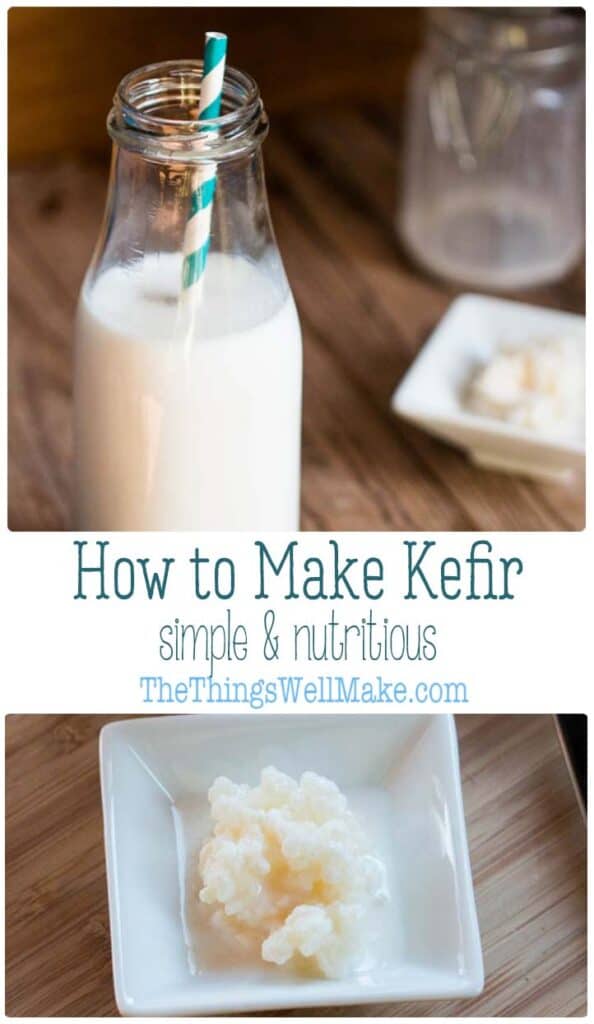Table of Content
If you are trying to grow kefir grains during a cooler time of year, use 2 tbsp . Place the kefir grain directly into a clean jar and cover with milk to culture a new batch. I think that milk kefir is the easiest way to get into making your own cultured food.

Chef and author of the whole-foods recipe blog, Feasting at Home, Sylvia Fountaine is a former restaurant owner and caterer turned full-time food blogger. She currently lives in the Pacific Northwest and shares seasonal, healthy recipes along with tips and tricks from her home kitchen. Make sure to add citrus to your kefir water, to help prevent Kahm yeast.
What Are Personalized Probiotics?
It’s harder to tell with skimmed milk, which gives a much softer set. Poke with a spoon if you aren’t sure if it’s thickened and smell it – if it smells slightly yogurty or mildly cheesy, it’s done. If you know someone who already makes kefir, ask them if you can have some. As little as half a teaspoon will be enough to make your own.
Hold the sieve over a bowl to catch the ripened milk. With time, the grains will start to multiple so you'll have more and more. Likely, your source for the kefir grains will be a previous batch of kefir. However, if you've never made kefir before, you'll have to source grains either online or through a community network . Add at least two grains (they'll be about the size of an almond, roughly) to the 1 cup of room temperature milk.
How long do kefir grains last?
You will have to regularly return the grains to dairy milk to revive them. The water will start fizzing slightly, indicating water kefir is done. Add 4 cups of tap water or bottled mineral water to a glass jar. Make sure it is at room temperature or slightly warm.

More and more people are searching online on how to make kefir grains from scratch. The process of making kefir grains remains a subject of discussion. This is because there is still contention on where the grains came from and how they can be created without buying them for the store. Actually, the topic of kefir grains remains a mystery that is yet to be solved. You can separate the kefir grains from the liquid and use each part, or you could use it all at once, it’s up to you.
How to Maintain or Grow your Kefir Grains:
It has a slightly sweet and acidic taste and is rich in probiotics. You can make water kefir wine at home using water kefir grains and any type of sugar. The fermentation process will take about 2-3 weeks. It is sometimes consumed as an alternative to milk-based probiotic drinks or tea-cultured products such as kombucha. Water kefir is typically made as a probiotic homebrew beverage. The finished product, if bottled, will produce a carbonated beverage.

Cover them with 4 cups (946.35 mL) of fresh whole animal milk to start making another batch of kefir. Pour the kefir through a plastic strainer into a container. Place a plastic strainer over top of a clean jar or sealable plastic container. Slowly pour out the fermented kefir through the strainer until all the liquid has drained into the jar or container. You’ll be left with the kefir grains in the strainer.
Put the lid and place it in fridge till you wish to make another batch. You need to change this milk in every two days to keep your grains alive inside the fridge. And when you want to make another batch, follow the procedure mentioned in Point 1 to 6. Strain the kefir grains and liquid through a plastic strainer.
Always save few grains to help ferment the next batch sooner. All you need is a good DIY Kefir recipe to get your daily dose of probiotics. I think the alcohol content is quite low using this method but for those who do not want to consume any alcohol, this should be avoided. Strain the kefir through the sieve or straining funnel into the jug or bottle. The grains are quite robust and will withstand gentle stirring.
After 2-3 days your kefir water should have fermented slightly – and you can check this by tasting it. If it tastes very sweet, then not all the sugar has metabolized and you can ferment it longer. The longer it goes, the tangier it will get and the less sweet.
Sometimes Kahm yeast can grow when the environment’s temperature is too warm. If you see a white yeast on top of your second ferment, it is most likely kahm yeast. Kahm yeast is harmless but can affect the taste in an unpleasant way. I hadn’t heard of water kefir until a friend of mine, Bee , introduced it to me a few months ago, and since then, I’ve been crazy, head-over-heels in love with it. With the addition of lemons and figs, you can prepare detox water at home. It can be a part of a healthy in weight loss program with regular consumption.

No comments:
Post a Comment